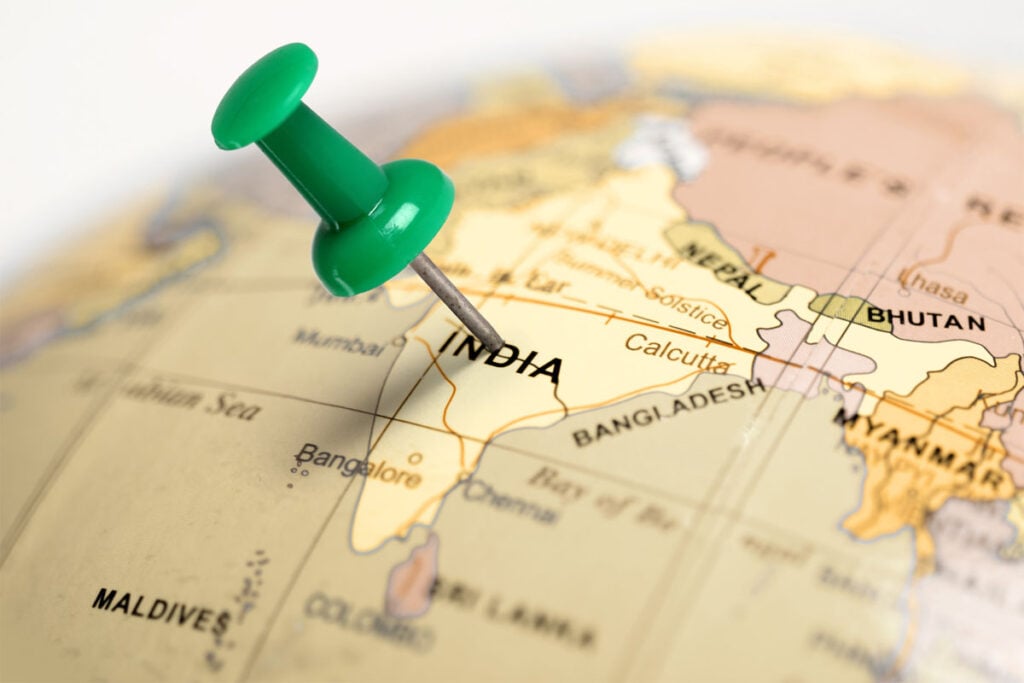A report says that India could have an ecommerce industry worth $150 billion by 2022. Over 600 million Indians shop online and with rising incomes, and solid economic growth, online shoppers in the world’s sixth biggest economy could be a force to be reckoned with. The report has been commissioned by Nasscom and was conducted PwC India. It’s called Propelling India Towards Global Leadership in eCommerce. And by that measure, online retail will total 4% of the Indian economy within the next decade.
The next frontier for the battle in the Indian ecommerce industry is set to be fought around a seamless shopping experience, building digital trust, voice-based or conversational commerce and creating an inventory of localized content.
– Sandeep Ladda, partner, PwC India
The nature of this battle for market share in Indian ecommerce is familiar to any seasoned ecommerce observer who saw eBay fail spectacularly in Japan and China in the first wave of ecommerce expansion in the first decade of the millennium. One of the reasons, specifically in China, it was not successful was a failure to adapt to local norms. eBay attempted to simply transpose the playbook which had been successful in the USA, UK, Germany and the western world without tweaking it to asian markets.
And when it comes to India, indeed this is true of many more exotic markets in the world where ecommerce is burgeoning: is there a realistic chance of European merchants profiting and succeeding there? It is difficult to break into such an environment and, indeed, the government in India is considering what could be cast as protectionist measures. We wrote about that here recently.
We suspect that the environment may change in the months and years to come and India will likely become more welcoming to incoming ecommerce merchants. The marketplaces will likely lead the way and encourage new trading practices in due course and that will be most welcome.









